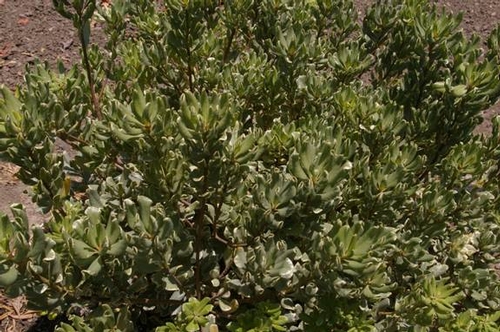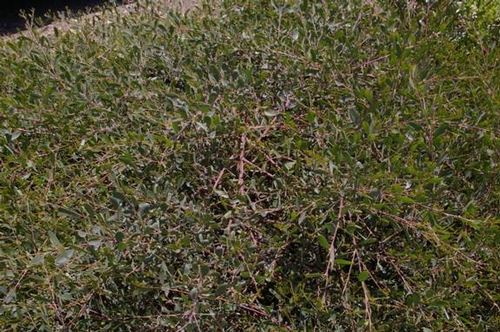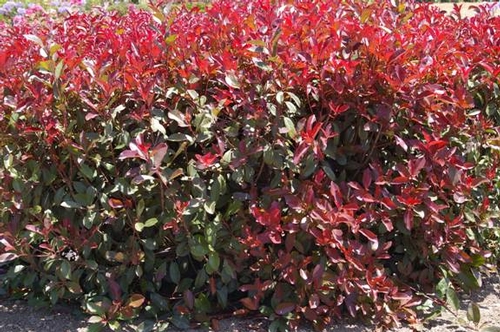Ventura County UCCE Staff Research Associate, Maren Mochizuki, explains one of our ongoing environmental horticultural research projects.
Typically, a plant will tell you how deep to transplant it: look for color changes along its “collar” -- the area along the stem or trunk for woody plants, between the roots and branches/leaves -- indicating the soil line when the plant was still in its pot. When planting, however, it is easy for zealous landscapers and homeowners to bury plants past this line…does this adversely affect the growth of the plant?
We (Jim Downer, Ventura County UCCE Farm Advisor; Don Hodel Los Angeles County Environmental Horticulture Advisor; and Maren Mochizuki, Ventura County UCCE Staff Research Associate, are investigating the effect of planting depth on six common landscape species including nandina, privet, photinia, pittosporum, and two varieties of prostrate acacia. We planted each of them at grade, and 1, 2 and 4 inches below grade and are annually rating quality, measuring their length, width, and height, and weighing clippings to evaluate their growth for three years. We are currently in the second year of the study and are analyzing the data we have gathered so far. Check back soon for some preliminary results!

Nandina


Acacia

Photinia

Privet